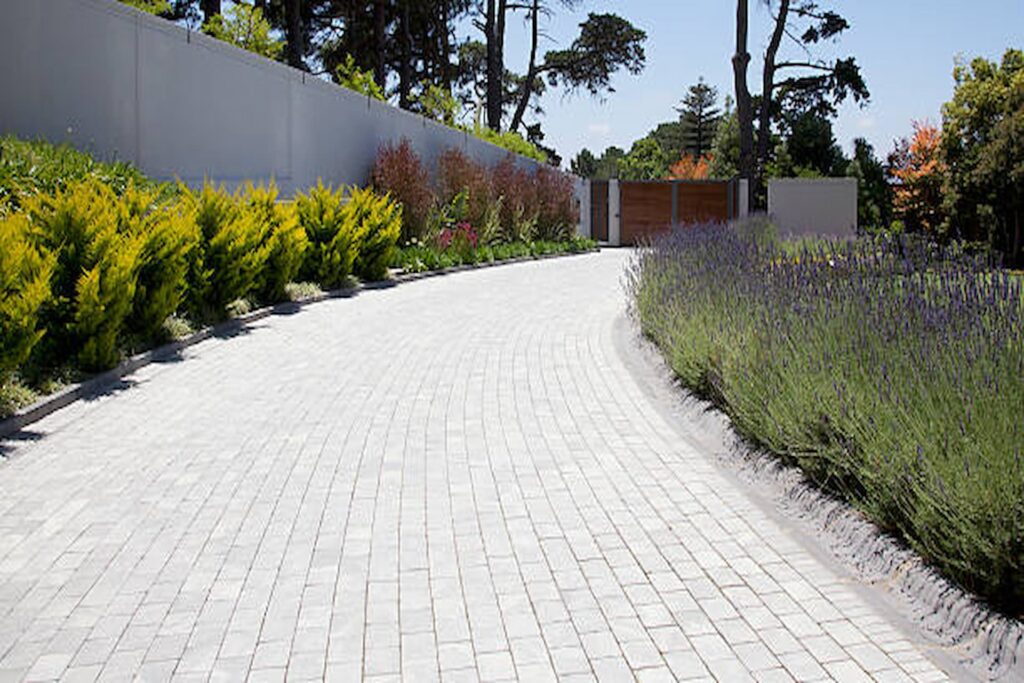A well-maintained concrete driveway not only enhances the curb appeal of your home but also ensures safety and functionality. Concrete driveways may experience cracks, depressions, and surface damage as time passes, primarily due to weather conditions, heavy traffic, and various other factors. When your driveway exhibits visible wear and tear, it becomes essential to contemplate the prospect of resurfacing it. Within this comprehensive guide, we will walk you through resurfacing your concrete driveway, offering valuable insights and expert recommendations from seasoned driveway specialists.
The Importance Of A Well-Maintained Driveway
Before delving into the resurfacing procedure, let’s explore the importance of maintaining your concrete driveway. A properly maintained driveway not only enhances your property’s visual appeal but also provides numerous practical benefits:
Enhanced Curb Appeal: Your driveway is often one of the first things people notice about your home. A well-maintained driveway creates a positive first impression, which can increase the value of your property.
Safety: Cracks, potholes, and uneven surfaces can be hazardous. A smooth, even driveway reduces the risk of accidents and injuries.
Durability: Proper maintenance and resurfacing can extend the life of your driveway, saving you money on costly replacements.
Assessing Your Driveway
The first step in the resurfacing process is to assess the condition of your driveway. Walk around and look for cracks, spalling, and areas with surface wear. Make a list of areas that require attention.
Gather Your Tools and Materials
Before you start the resurfacing process, gather the necessary tools and materials:
- Pressure Washer: You’ll need this to clean the driveway thoroughly.
- Concrete Resurfacer: This special mix is designed to restore and rejuvenate your driveway’s surface.
- Trowel: To spread the resurfacer evenly.
- Resurfacing Roller: This will help you achieve a smooth finish.
- Crack Filler: For repairing any cracks in the concrete.
- Safety Gear: Gloves, glasses, and a dust mask to protect yourself.
Cleaning Your Driveway
The next step is to clean your driveway. Start using the pressure washer to remove dirt, debris, and loose concrete. Cleaning is a crucial part of the process because the resurfacer won’t adhere properly to a dirty surface. Pay extra attention to oil stains; you may need a degreaser to remove them.
Repairing Cracks And Pits
When it comes to repairing cracks and pits in driveways, seeking expert advice can be invaluable. Driveways North London, like many others, are subject to various weather conditions and wear over time. To ensure the longevity of your driveway, consider the following expert recommendations:
Mixing And Applying The Resurfacer
Now, it’s time to prepare the concrete resurfacer. Follow the instructions on the package, which typically involve mixing the resurfacer with water to achieve the right consistency. Start by pouring a small amount onto your driveway and spreading it evenly with the resurfacing roller. Work in small sections to ensure the resurfacer doesn’t dry before you finish.
You may need to work with a helper to keep the resurfacer’s consistency consistent for larger areas. Ensure the resurfacer is applied evenly and smoothly to create a uniform surface.
Adding Texture (Optional)
If you want to enhance the appearance and grip of your driveway, you can add texture. While the resurfacer is still wet, a broom or specialised texture roller can create a slip-resistant surface. This is particularly useful if your driveway is slippery or experiences heavy rainfall.
Curing And Drying
Once the resurfacer is applied and textured (if desired), allow it to cure. The curing time can vary depending on the product and weather conditions. Typically, it takes around 24 hours to dry completely. During this time, keep foot and vehicle traffic off the driveway.
Seal Your Driveway
Consider applying a concrete sealer to maximise the longevity of your newly resurfaced driveway. The sealer acts as a protective barrier against stains, UV rays, and moisture. Ensuring your driveway looks great and lasts for years is a wise investment.
Conclusion
In conclusion, resurfacing your concrete driveway is a practical and cost-effective way to maintain the beauty and functionality of your home. A well-maintained driveway enhances your property’s curb appeal and ensures safety and durability. Following this step-by-step guide, with expert advice from a driveway expert, you can easily resurface your driveway and enjoy its benefits.
Remember, assessing your driveway, cleaning, repairing cracks, and applying the resurfacer correctly are essential steps. Adding texture and applying a sealer will provide that extra touch for a smooth, long-lasting finish. Properly maintaining your driveway can remain an attractive and safe asset to your home for years. So, roll up your sleeves, gather your materials, and give your concrete driveway the makeover it deserves!

